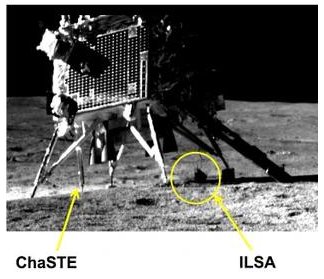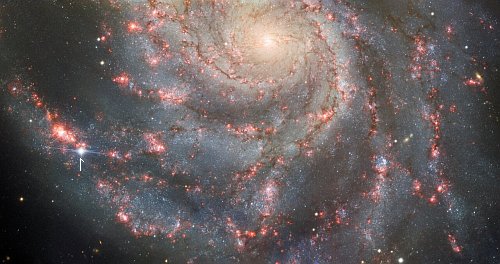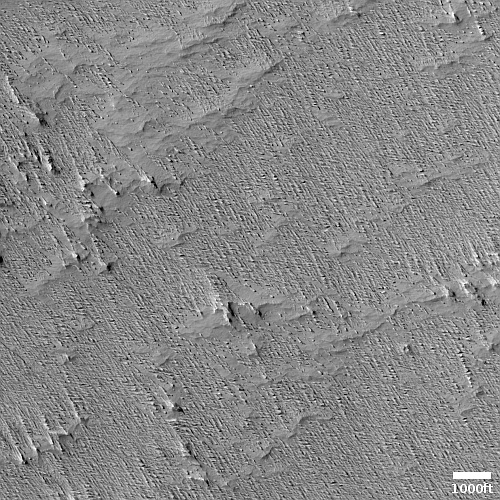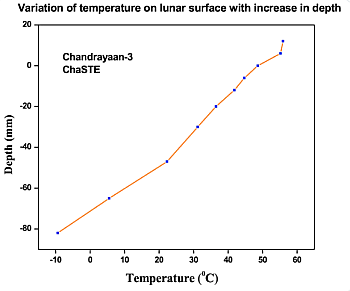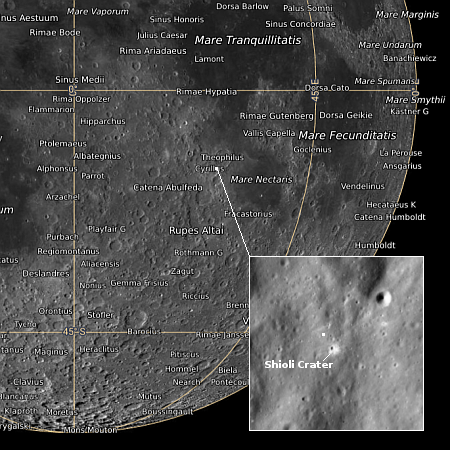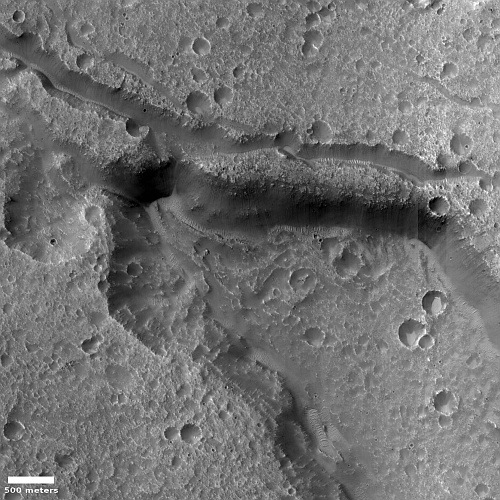Scientists believe they have recovered the first known interstellar meteorite
A scientific expedition in the Pacific off the coast of Papua New Guinea has found what it thinks are spherules from the first known interstellar meteorite that hit the Earth on January 8, 2014 and dubbed IM1. From their preprint paper [pdf]:
On 8 January 2014 US government satellite sensors detected three atmospheric detonations in rapid succession about 84 km north of Manus Island, outside the territorial waters of Papua New Guinea (20 km). Analysis of the trajectory suggested an interstellar origin of the causative object CNEOS 2014-01-08: an arrival velocity relative to Earth in excess of ∼ 45 km s−1, and a vector tracked back to outside the plane of the ecliptic. The object’s speed relative to the Local Standard of Rest of the Milky-Way galaxy, ∼ 60 km s−1, was higher than 95% of the stars in the Sun’s vicinity.
In 2022 the US Space Command issued a formal letter to NASA certifying a 99.999% likelihood that the object was interstellar in origin.
Using a “magnetic sled” that they dragged across the seafloor, the scientists collected about 700 spherules thought to come from the meteorite, of which 57 have been analyzed and found to have properties that confirm their interstellar origin. As they note in their paper, “The spherules with enrichment of beryllium (Be), lanthanum (La) and uranium (U), labeled “BeLaU”, appear to have an exotic composition different from other solar system materials.”
The “BeLaU” elemental abundance pattern does not match terrestrial alloys, fallout from nuclear explosions, magma ocean abundances of Earth, its Moon or Mars or other natural meteorites in the solar system. This supports the interstellar origin of IM1 independently of the measurement of its high speed, as reported in the CNEOS catalog and confirmed by the US Space Command.
Based on the sparse data, the scientists speculate that these spherules could have come from the crust of an exoplanet, the core collapse of a supernova, the merger of two neutron stars, and even possibly “an extraterrestrial technological origin.” They have no idea, but all these are among the possibilities.
A scientific expedition in the Pacific off the coast of Papua New Guinea has found what it thinks are spherules from the first known interstellar meteorite that hit the Earth on January 8, 2014 and dubbed IM1. From their preprint paper [pdf]:
On 8 January 2014 US government satellite sensors detected three atmospheric detonations in rapid succession about 84 km north of Manus Island, outside the territorial waters of Papua New Guinea (20 km). Analysis of the trajectory suggested an interstellar origin of the causative object CNEOS 2014-01-08: an arrival velocity relative to Earth in excess of ∼ 45 km s−1, and a vector tracked back to outside the plane of the ecliptic. The object’s speed relative to the Local Standard of Rest of the Milky-Way galaxy, ∼ 60 km s−1, was higher than 95% of the stars in the Sun’s vicinity.
In 2022 the US Space Command issued a formal letter to NASA certifying a 99.999% likelihood that the object was interstellar in origin.
Using a “magnetic sled” that they dragged across the seafloor, the scientists collected about 700 spherules thought to come from the meteorite, of which 57 have been analyzed and found to have properties that confirm their interstellar origin. As they note in their paper, “The spherules with enrichment of beryllium (Be), lanthanum (La) and uranium (U), labeled “BeLaU”, appear to have an exotic composition different from other solar system materials.”
The “BeLaU” elemental abundance pattern does not match terrestrial alloys, fallout from nuclear explosions, magma ocean abundances of Earth, its Moon or Mars or other natural meteorites in the solar system. This supports the interstellar origin of IM1 independently of the measurement of its high speed, as reported in the CNEOS catalog and confirmed by the US Space Command.
Based on the sparse data, the scientists speculate that these spherules could have come from the crust of an exoplanet, the core collapse of a supernova, the merger of two neutron stars, and even possibly “an extraterrestrial technological origin.” They have no idea, but all these are among the possibilities.


